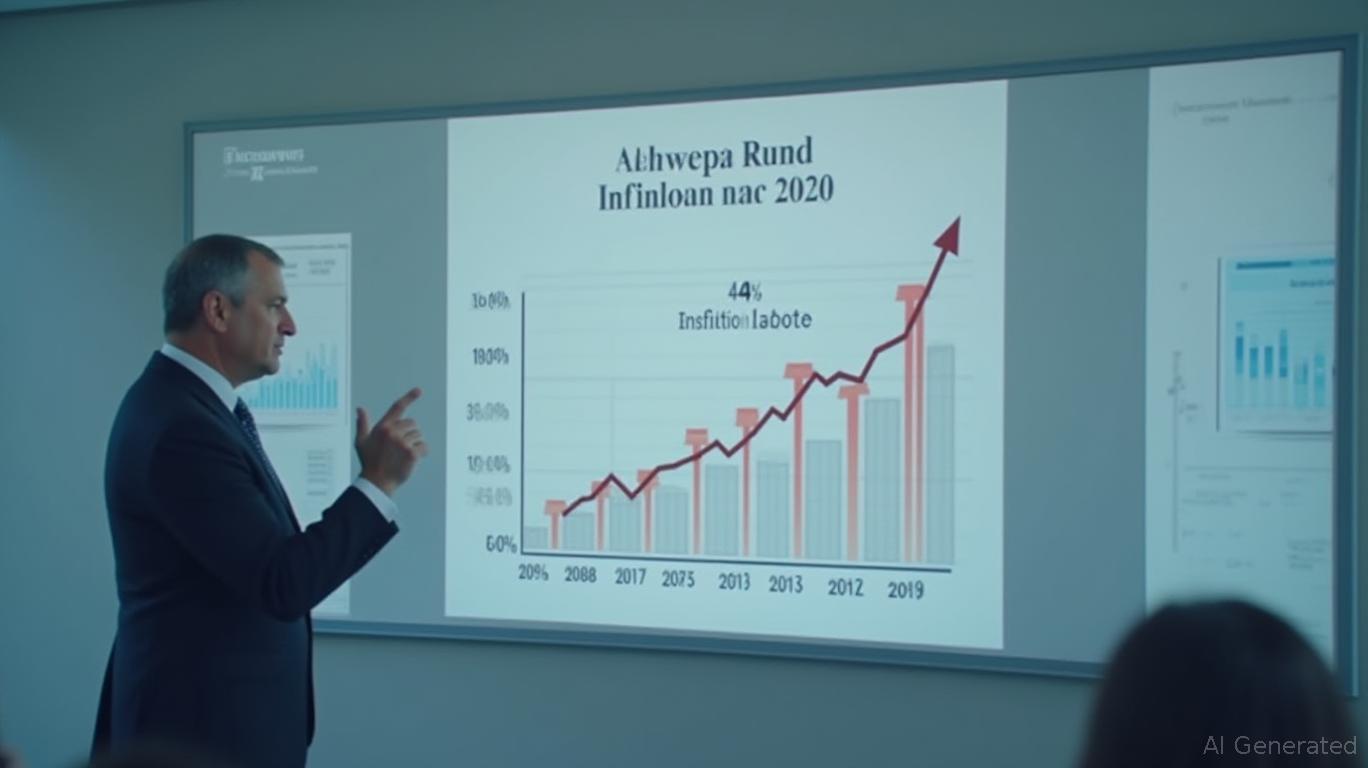Navigating Mining Finance: Record Resources' Dual Offering Strategy in a Volatile Market
The global mining sector remains a barometer of economic resilience, with companies increasingly turning to innovative financing structures to fund exploration amid fluctuating commodity prices and regulatory complexity. Record Resources Inc., a Canadian mineral exploration company, has announced a dual financing strategy combining a flow-through share offering and a LIFE (Listed Issuer Financing Exemption) offering, totaling up to $1.025 million. This move underscores the sector’s evolving approach to capital raising while balancing tax efficiency and regulatory compliance.
Ask Aime: "Toast's stock surges with new mining deal!"

The Dual Financing Play: Structure and Objectives
The flow-through share offering is structured to raise $500,000 via the issuance of up to 9,090,909 shares at $0.055 apiece, with proceeds earmarked for Canadian Exploration Expenses (CEE) on the company’s Ontario properties. These expenses will fund critical initiatives, including a hydrogen soil-gas program led by Quebec Innovative Materials Corp. and geophysical surveys targeting deep Precambrian structures. The flow-through mechanism allows investors to claim tax deductions for these exploration expenditures, a key incentive for Canadian investors.
Ask Aime: "Will Record Resources Inc.'s dual financing strategy boost its exploration projects in Canada?"
Meanwhile, the LIFE offering raises $525,000 via non-brokered private placements of 10.5 million units at $0.05 each, with no hold period due to the LIFE exemption. This combination of tax-advantaged flow-through shares and freely tradeable LIFE units reflects a deliberate strategy to attract diverse investor bases while maximizing capital efficiency.
Regulatory Nuances and Cost Considerations
The offering is subject to standard Canadian securities regulations, including a four-month hold period for flow-through shares—a common requirement to prevent market manipulation. However, the LIFE component’s exemption from trading restrictions offers flexibility for investors seeking liquidity.
Finder’s fees, totaling up to 16% of the offering’s value (8% cash, 4% shares, and 4% warrants), highlight the cost of accessing capital in a competitive financing environment. While this may dilute existing shareholders—post-offering, the company will have 145.56 million shares outstanding—it signals a commitment to securing timely funding for high-potential exploration projects.
Strategic Exploration: Precision in a Low-Commodity Price Environment
The allocated funds will directly support cutting-edge exploration techniques, such as hydrogen soil-gas analysis, which can identify subsurface mineralization without invasive drilling. This method, paired with geophysical surveys targeting the Precambrian basement, aims to pinpoint drill-ready targets efficiently. Such precision is critical in today’s market, where exploration budgets are scrutinized for ROI amid muted commodity prices.
Risks and Market Dynamics
- Regulatory Delays: TSX Venture Exchange and NI 45-106 compliance could push the May 30 deadline.
- Market Liquidity: The offering’s restriction to Canadian investors limits its accessibility, though it avoids U.S. securities registration costs.
- Commodity Volatility: Gold and base metal prices will influence the long-term viability of discoveries.
Conclusion: A Calculated Move with Upside Potential
Record Resources’ dual offering is a pragmatic response to the challenges of modern mining finance. By leveraging tax incentives and regulatory exemptions, the company aims to advance high-potential exploration while maintaining flexibility. The $1.025 million raise, combined with its focus on innovative techniques like hydrogen soil-gas analysis, positions it to capitalize on undervalued assets in Ontario’s mineral-rich Precambrian terrain.
Investors should note that 145.56 million shares post-offering dilute existing equity, but the tax benefits and streamlined trading of LIFE shares may offset this risk. Success hinges on execution: timely regulatory approvals, exploration results, and commodity price stability. For now, the move reflects a disciplined approach to capital allocation in an industry demanding both innovation and fiscal prudence.
In a sector where exploration success rates remain low, Record Resources’ strategic use of financing tools and targeted geoscience methods could set a precedent for smaller miners seeking to thrive in a challenging environment.










